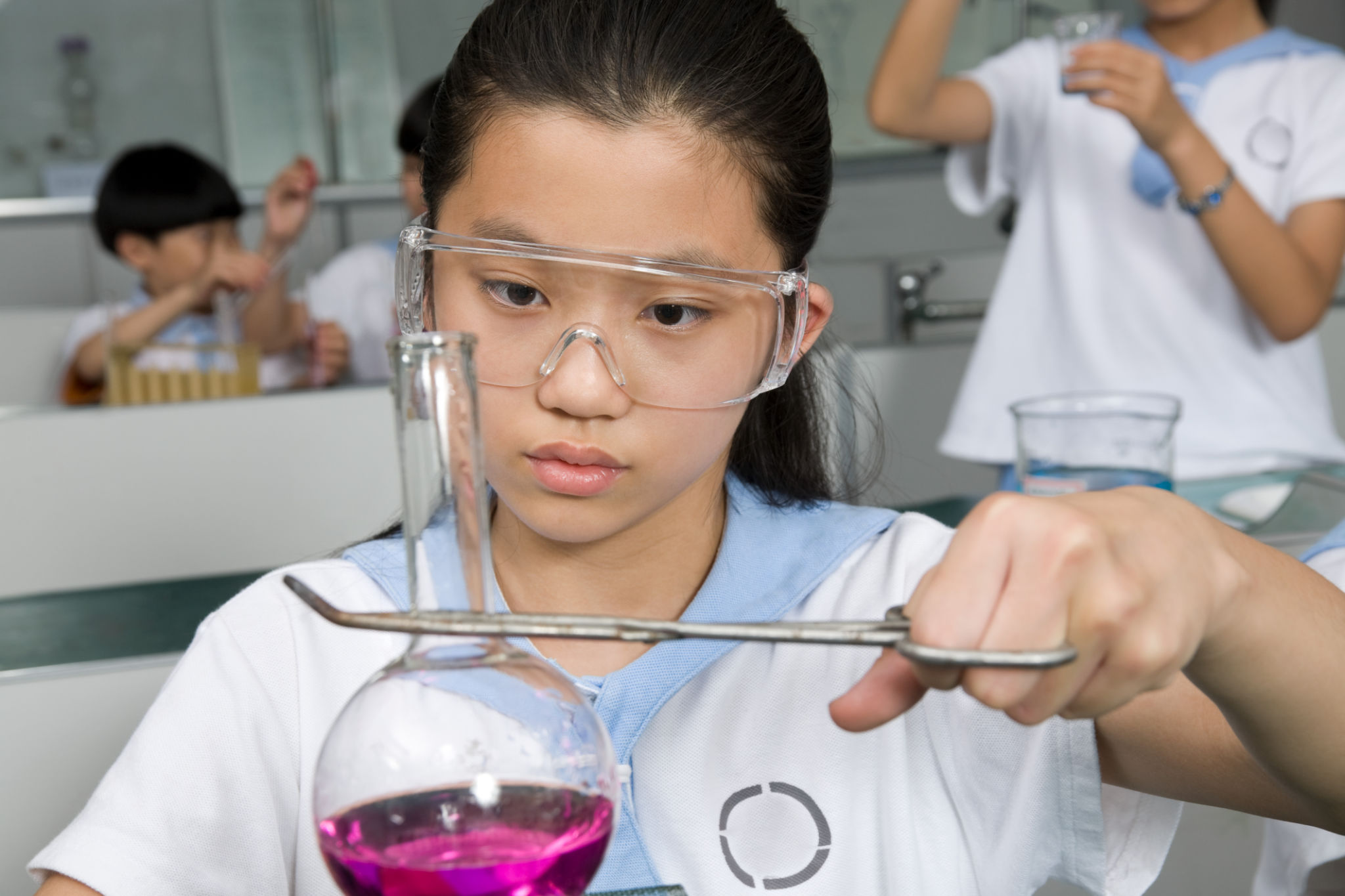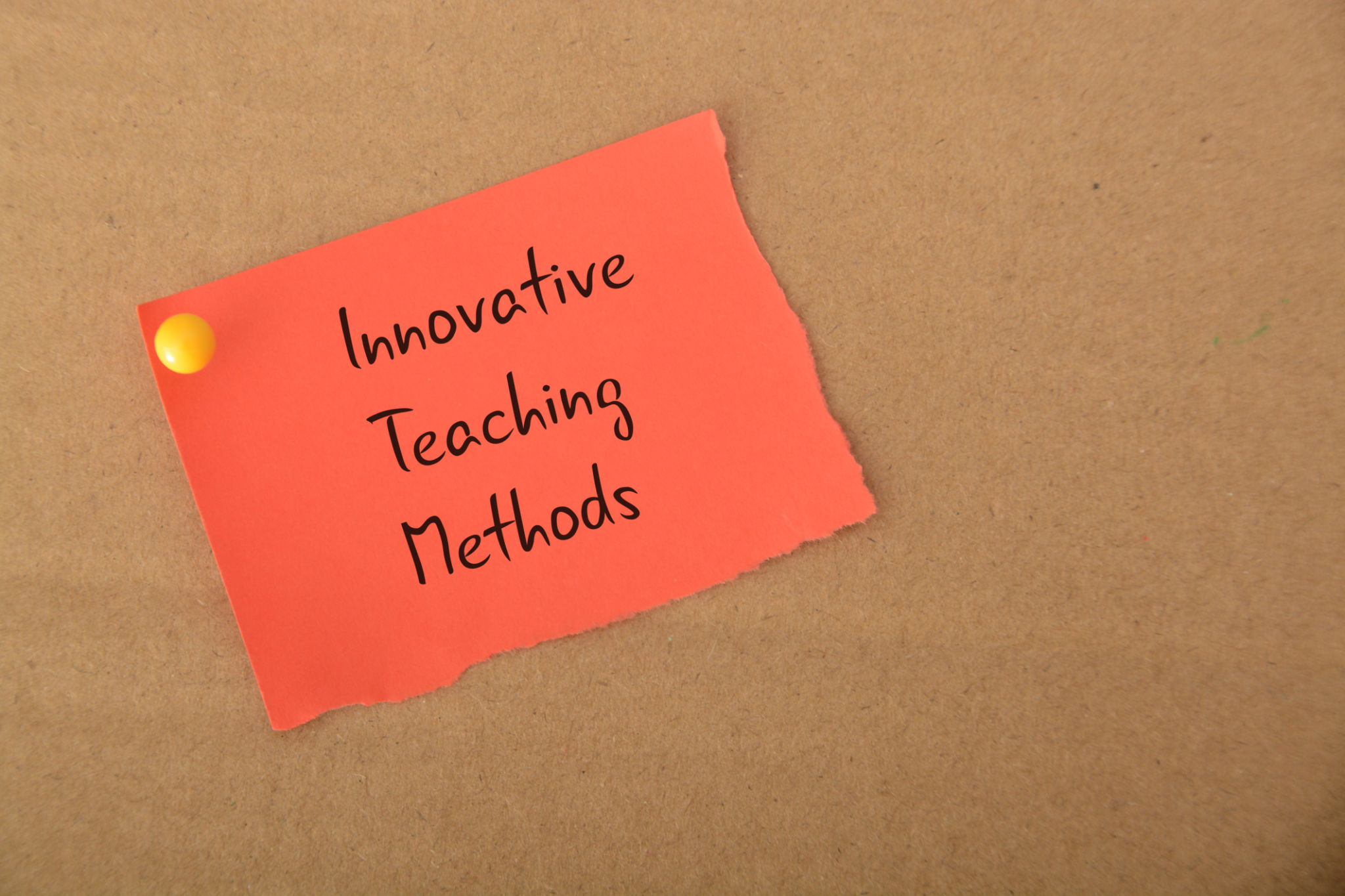Exploring Innovative Teaching Methods in Science Education
Introduction to Innovative Teaching Methods
Science education has evolved significantly over the past few decades. Traditional teaching methods, which often relied heavily on rote memorization and passive learning, are being replaced by more interactive and engaging approaches. These innovative methods are designed to foster a deeper understanding of scientific concepts and encourage critical thinking skills among students.
In this blog post, we will explore some of the most effective and innovative teaching methods in science education. From hands-on experiments to digital tools, these techniques aim to make science learning more dynamic and enjoyable for students.

Hands-On Experiments
One of the most effective ways to teach science is through hands-on experiments. This method allows students to directly engage with the material and observe scientific principles in action. By conducting experiments, students can develop a better understanding of the scientific method, including hypothesis testing, data collection, and analysis.
Hands-on experiments also promote active learning, which has been shown to improve retention and comprehension. When students are actively involved in the learning process, they are more likely to remember and apply the concepts they have learned.
Project-Based Learning
Project-based learning (PBL) is another innovative approach that has gained popularity in science education. In PBL, students work on projects that require them to apply scientific concepts to real-world problems. This method encourages collaboration, critical thinking, and creativity, as students must work together to find solutions.
For example, a PBL assignment might involve designing a sustainable energy solution for a community or creating a model of an ecosystem. These projects not only make science more relevant to students' lives but also help them develop important skills that are valuable in any career.

Incorporating Technology
Technology has revolutionized the way we teach and learn science. Digital tools such as simulations, virtual labs, and educational apps provide new opportunities for interactive and personalized learning. These tools can help students visualize complex scientific concepts and conduct experiments that might not be feasible in a traditional classroom setting.
For instance, virtual labs allow students to perform experiments in a simulated environment, which can be especially useful for schools with limited resources. Educational apps can also provide interactive quizzes and games that make learning science fun and engaging.
Flipped Classroom Model
The flipped classroom model is another innovative teaching method that has gained traction in science education. In this approach, traditional classroom activities and homework are reversed. Students watch video lectures or read materials at home, and then use class time for hands-on activities, discussions, and problem-solving.
This model allows teachers to spend more time addressing individual student needs and facilitating deeper understanding. It also encourages students to take responsibility for their own learning, as they must come to class prepared to engage with the material.

Inquiry-Based Learning
Inquiry-based learning is a student-centered approach that emphasizes asking questions and exploring answers. Instead of simply presenting information, teachers guide students through the process of scientific inquiry, encouraging them to ask questions, conduct investigations, and draw conclusions.
This method helps students develop critical thinking and problem-solving skills, as they must analyze data and make evidence-based decisions. Inquiry-based learning also fosters a sense of curiosity and a love of learning, as students are actively involved in the discovery process.
Conclusion
Innovative teaching methods are transforming science education, making it more engaging, interactive, and effective. By incorporating hands-on experiments, project-based learning, technology, the flipped classroom model, and inquiry-based learning, educators can create a dynamic learning environment that fosters a deeper understanding of scientific concepts and prepares students for future success.
As we continue to explore and implement these innovative approaches, we can inspire the next generation of scientists, engineers, and informed citizens who are equipped to tackle the challenges of the future.